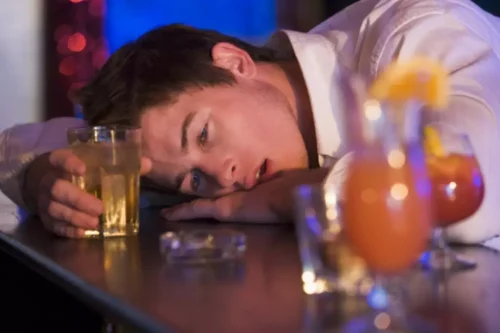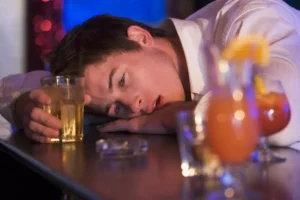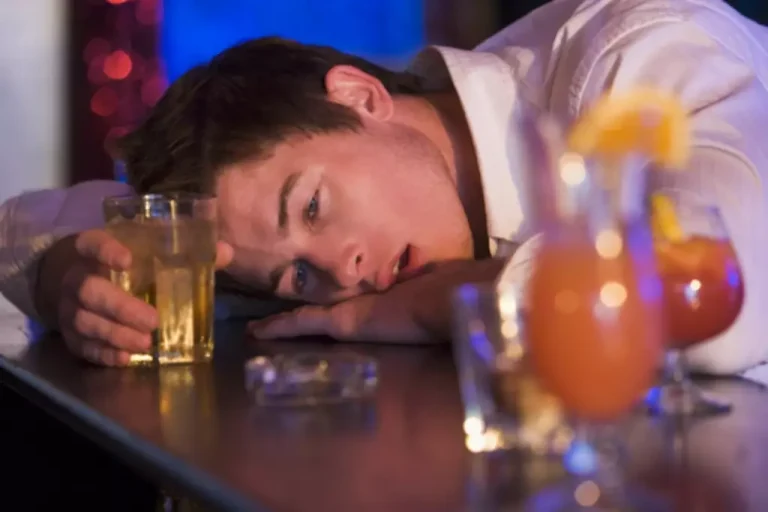
One of the studies investigating adolescent alcohol use and its effects is coordinated by the National Consortium on Alcohol and Neurodevelopment in Adolescence (NCANDA), which is conducting a multisite longitudinal study supported by funding from NIAAA and other National Institutes of Health partner institutes. Launched in 2012, this five-site consortium recruited a community cohort of 831 diverse adolescents ages 12 to 21 from five U.S. regions (Durham, North Carolina; Palo Alto, California; Pittsburgh, Pennsylvania; Portland, Oregon; and San Diego, California). Half the sample was enriched for key characteristics conveying risk for heavy drinking among adolescents (i.e., family history of substance use disorder, youth externalizing or internalizing symptoms, and having tried alcohol by age 14). Half the sample was enriched for key characteristics conveying risk for heavy drinking among adolescents (i.e., family history of substance use disorder, youth externalizing or internalizing symptoms, and having tried alcohol by age 14). A single episode of alcohol-impaired judgment can have immediateconsequences (leading to death, injury, or arrest, for example) withlong-term effects. In addition, heavy alcohol use at a young age hasbeen implicated in long-term changes in the youths’ life prospects.Individuals who begin drinking before age 15 appear to be at greaterrisk for serious life-long problems (Hingson and Kenkel, 2004).
What to do if your child develops alcohol poisoning

Underage drinking tends to be a social activity, but this doesn’t mean young drinkers are forming strong friendships. They Hear You.” campaign resources from the SAMHSA Store to support your underage drinking and other substance use prevention efforts. Young people who use alcohol are more likely to be sexually active at earlier ages, to have sexual intercourse more often, and to have unprotected sex. In 2009, an estimated 1,844 homicides; 949,400 nonfatal violent crimes such as rape, robbery, and assault; and 1,811,300 property crimes, including burglary, larceny, and car theft were attributed to underage drinking. Although few people think that the value of the life of someonekilled or permanently disabled by a drunken teenager is limitedto his or her lost earnings, that in fact has been theaccounting rule used in the traditional “cost of illness” methodof accounting.

How your brain can rewire to fix itself
Acknowledging you have a problem with alcohol is not a sign of weakness or some kind of character defect. In fact, it takes tremendous strength and courage to admit your problem and decide to face up to it. The teenage years can often be challenging and stressful, and it’s not unusual for people to turn to alcohol as a way of coping with their issues.
- Youths who drive afterdrinking are more likely to be in a crash than youths who havenot had a drink, and the crashes underage drinkers are involvedin tend to be more severe than those of adults, resulting in agreater number of deaths and more serious injury.
- Experts point out that it’s not that simple, since the public health benefits need to be balanced against people’s perceptions of personal liberty.
- Just as with adults, drinking alcohol can reduce a child’s mental and physical abilities while they are under the influence.
- Alcohol is implicated in a large proportion of unintentionaldeaths and injuries caused by other forms of dangerous behaviorthan driving.
Age of Drinking Onset and Alcohol-Related Health Risks

Either directly or indirectly, we all feel the effects of the aggressive behavior, property damage, injuries, violence, and deaths that can result from underage drinking. Instead, MacKillop suggests adolescents could be provided with better education about alcohol’s risks, and the ways that it can affect the maturing brain. “Just assuming that people will naturally develop responsible habits when it comes to these drugs is a fairly optimistic assumption,” he says. “I think there’s this very little public appetite for a drinking age of 25,” says James MacKillop, who studies addictive behaviour at McMaster University in Hamilton, Ontario.

In sum, the cost of underage drinking to society is substantial.Society is affected by loss of young lives, lost productivityand significant health care costs and stands to gain fromreductions in underage drinking. The committee concludes thatthe PIRE estimate of $53 billion, while perhaps somewhat low, isa reasonable starting point for assessing social costs. Because the adolescent years are a time of development, teens’ bodies are less able to process alcohol.
National Institute on Alcohol Abuse and Alcoholism (NIAAA)
Similarly, if your dangers of underage drinking teen is spending too much time alone, that may be a red flag that they’re having trouble fitting in. As a teenager, your child is likely to be in social situations where they’re offered alcohol—at parties or in the homes of friends, for example. When all their peers are drinking, it can be hard for anyone to say “no.” While fitting in and being socially accepted are extremely important to teens, you can still help them find ways to decline alcohol without feeling left out. Talking to your teen about drinking is not a single task to tick off your to-do list, but rather an ongoing discussion.

It’s important to remain calm when confronting your teen, and only do so when everyone is sober. Explain your concerns and make it clear that your fears come from a place of love. Your child needs to feel you are supportive and that they can confide in you, since underage drinking is often triggered by other problem areas in their life. As disturbing as it can be to find out that your child or teen has been drinking, it’s important to remember that many teens try alcohol at some point, but that doesn’t mean they automatically have an abuse problem.
